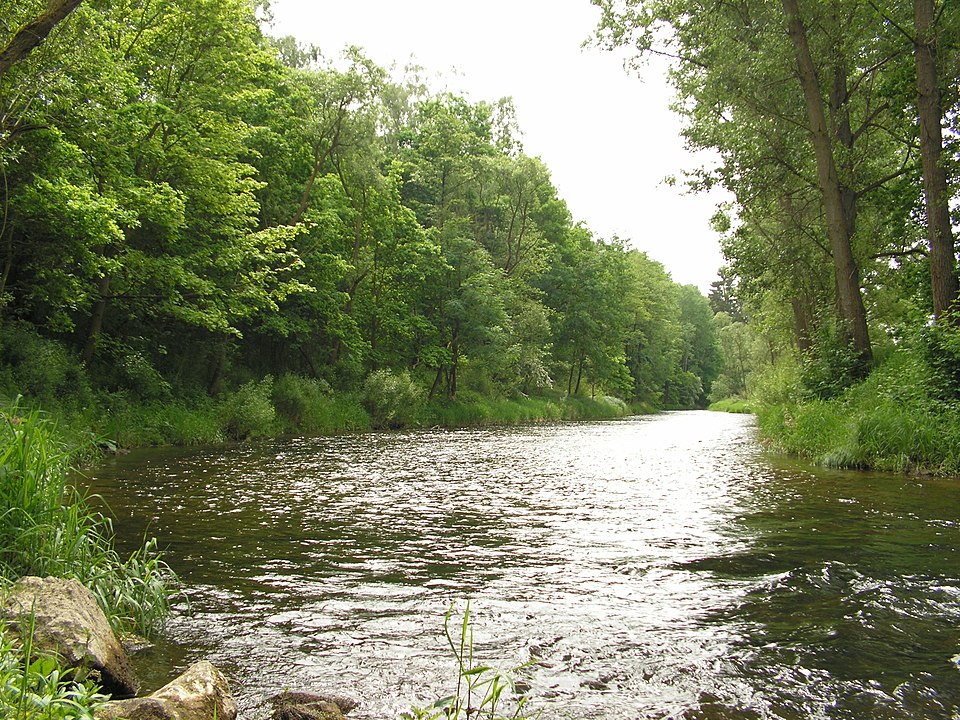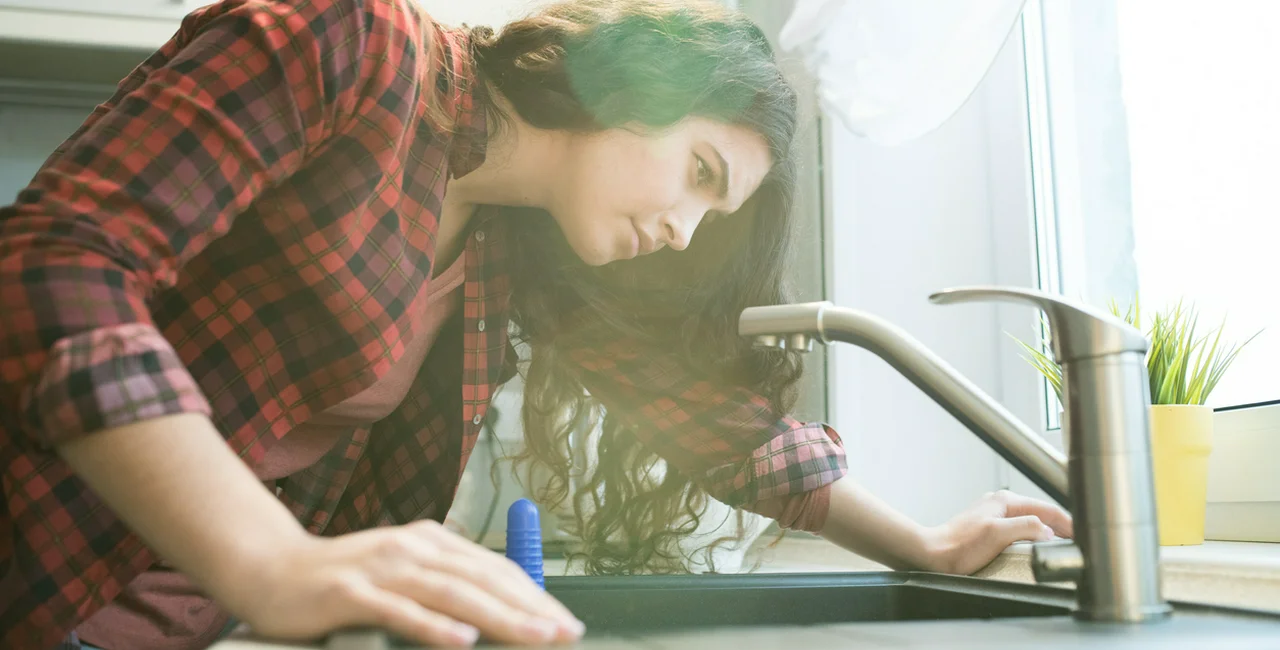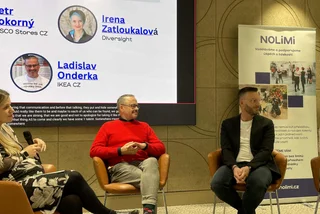Some Prague residents will be drinking water purified by a granular activated carbon filter system. The system should be operational in two years.
The Švihov
reservoir on the Želivka river is the Czech Republic’s single
largest source of drinking water, with some 1.3 million people in
Prague, Central Bohemia, and Vysočany depending on it.
While the water quality from the Želivka Water Treatment Plant is already good, the long-term plan is to make it even better by using modern technology that is becoming common in treatment plants throughout Europe.
Construction on a
purification hall at the Želivka water treatment plant started a
year ago. Trial operation is to start ar the beginning of 2021 and
full use is expected from January 1, 2022, according to daily Pražský
deník.
The system is
similar to carbon water filters many people use at home, except on a
much larger scale.

The filtration hall will have 16 filters, reaching 1.7 meters and holding 2,700 cubic meters of granular activated carbon. The cost of construction and installation is estimated at 1.2 billion CZK. Ongoing costs will be due to pumping water and renewing the filter.
Activated carbon can
remove substances that traditional filtration systems miss, such as
agricultural, industrial and pharmaceutical chemicals.
The modernization of the treatment plant takes into account that water standards might be tightened in the future and that population in the area served by the plant might increase. It also prepared the plant to respond to crisis situations, environmental accidents, and natural disasters, as well as intentional efforts to disrupt the water supply from the Želivka river basin.
However, this does
not mean that in the future it would be possible to loosen the
current restrictive measures in the vicinity of Želivka and Švihov
reservoir. Hugo Roldán from the state-owned company Povodí Vltavy
told Pražský deník that the new technology can capture some
foreign matter from raw water that the current technology fails to
capture, but that doesn’t mean higher levels of pollution can be
allowed in the reservoir.
The water treatment
plant began operation in 1972 using coagulation filtration
technology. The system gets rid of impurities by using aluminum
sulfate, sand filtration, pH adjustment, and chlorination. In 1991,
the water treatment technology was supplemented with a final ozone
treatment to destroy microorganisms and remove certain chemicals. The
ozone technology was modernized in 2010.
The annual
production of drinking water at the plant is around 90 million cubic
meters. This year’s production will be 79.89 million cubic meters.
The reservoir holds up to 246 million cubic meters.
Treated water is led
to Prague through a shaft mains approx. 52 kilometers m long and 2.64
m in diameter to a distribution reservoir in Jesenice.












 Reading time: 2 minutes
Reading time: 2 minutes 























